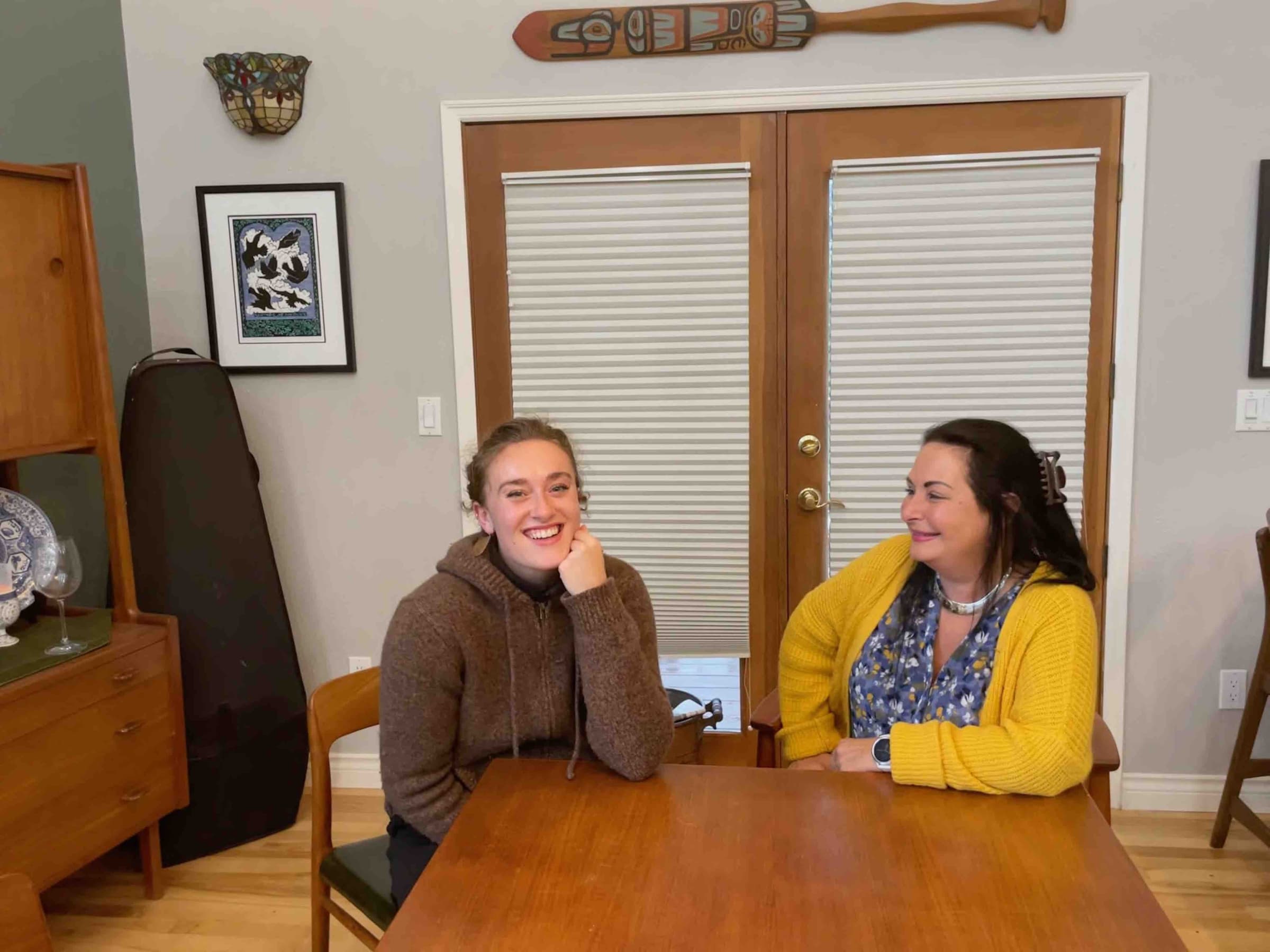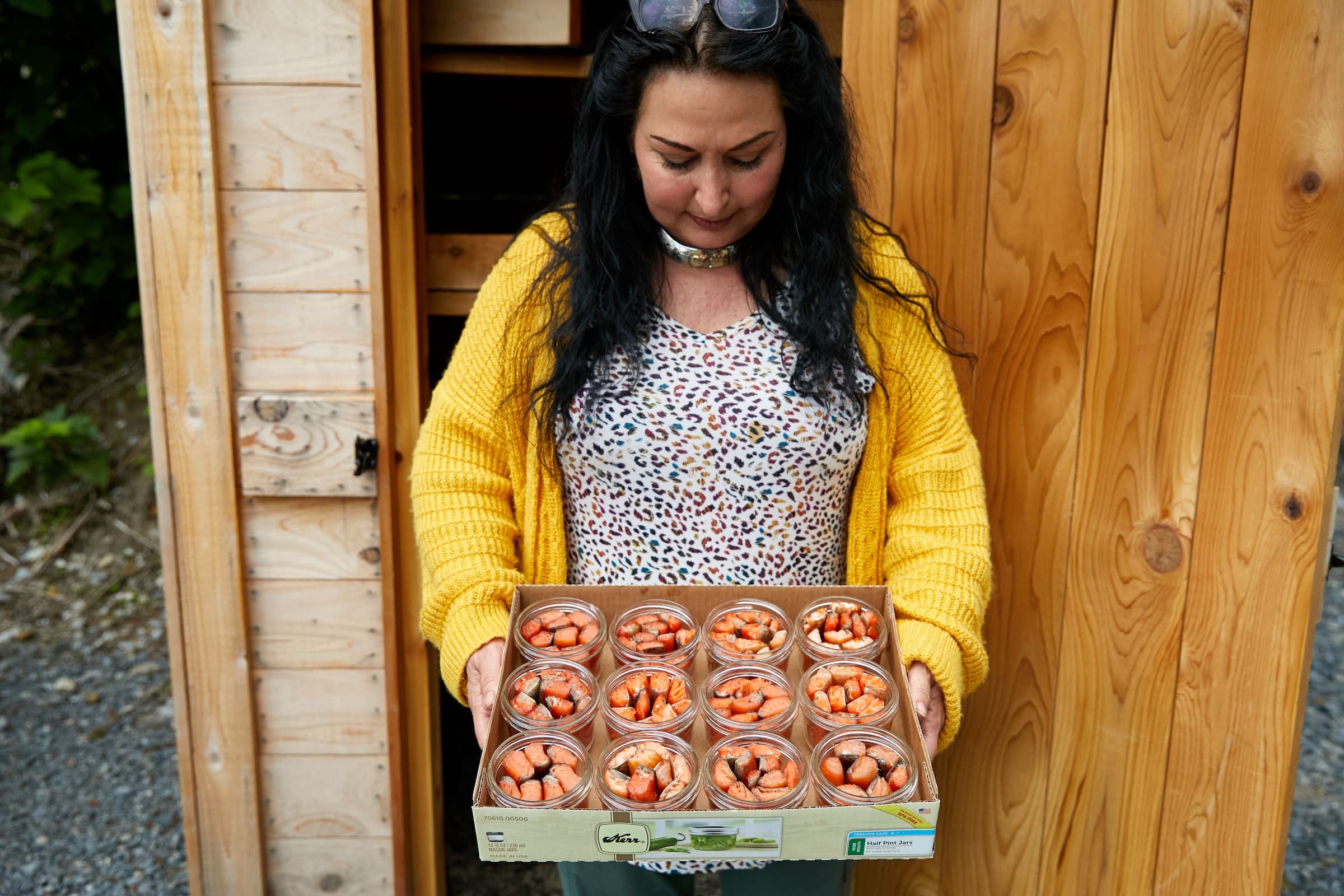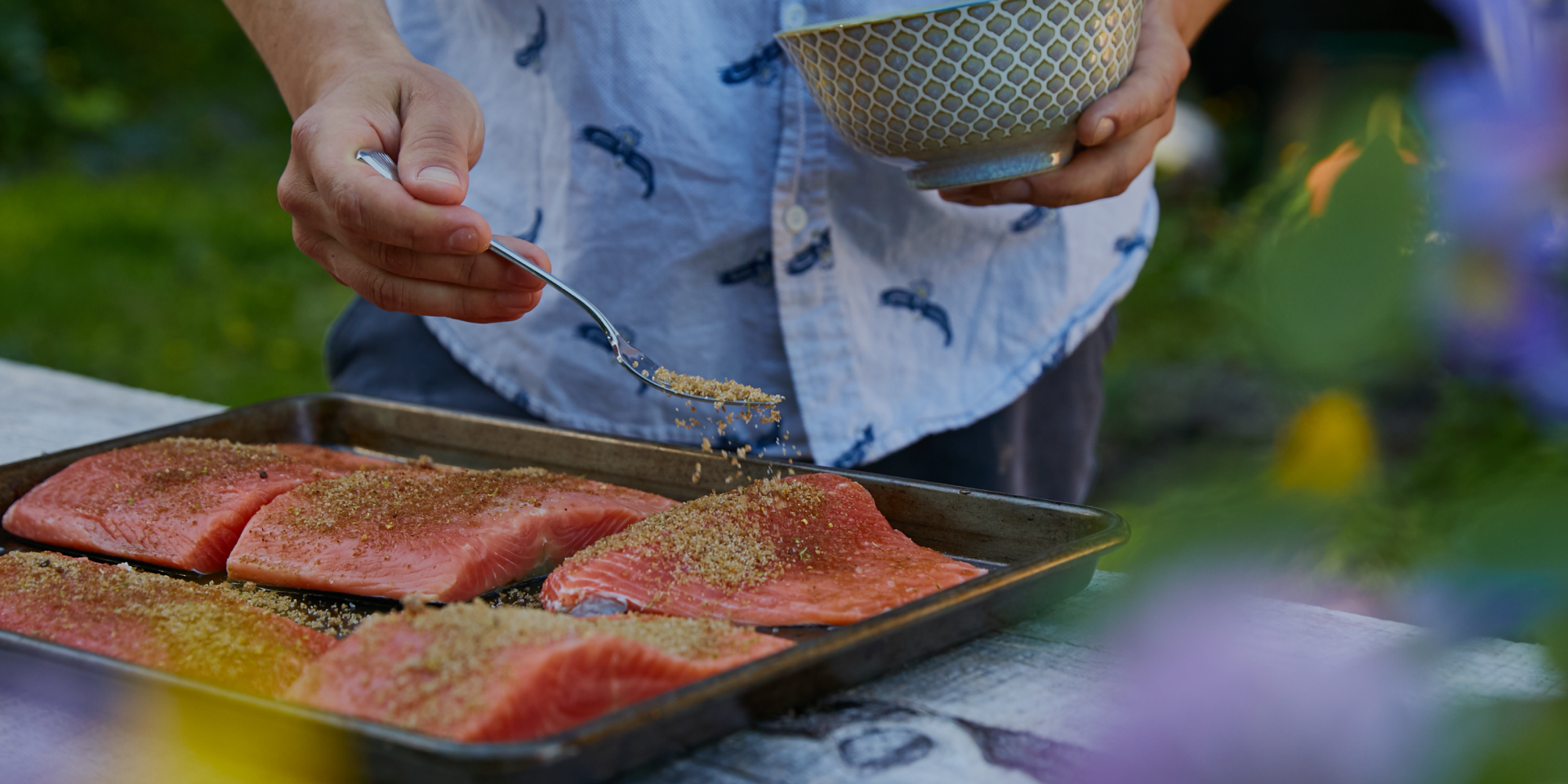Traditional salmon preservation on Lingít Aaní (Tlingit Land)
Popular on bagels, mixed into soups, or presented on charcuterie boards, the savory taste of smoked salmon is a favorite for many Americans. Yet far fewer are familiar with the long history of salmon smoking in Alaska and its cultural significance today.
Sitka Seafood Market delivers salmon — including smoked salmon — to Americans across the country. With it, our team delivers stories that help you to understand the place and the culture where your fish are caught. Traditional smoked salmon is an important part of living in Sitka and of the indigenous Lingít culture of Southeast Alaska. Recently, I sat down with my stepmom — an avid subsistence harvester, Alaskan, and a member of the Chookaneidi clan — to talk about how she smokes her salmon.
Emma: I'm with my stepmom, Lisa Bruhl, and we're speaking currently on Lingít Aaní or the traditional homeland of the Lingít people. Lisa, would you like to introduce yourself?
Lisa: Let's see, we are in Sitka, Southeast Alaska. I am a nurse. My hobbies are subsistence living, preparing our food traditionally, making traditional regalia, and cooking.
Chookanshaak’ yóo x̲at duwasáakw
Ch’áak naa áya x̲át
Chookaneidi x̲át sitee
Ginjichwan Ojibwe yadi áyá x̲át
XunaaK̲aawú’ áyá x̲at
This means that my Lingít name is Grassy River Woman. I am Eagle Moiety of the Chookaneidi clan. My father's people are Ojibwe from Canada. We live here in Sheet'ká (Sitka), but I'm originally from XunaaK̲aawú’ (Hoonah).
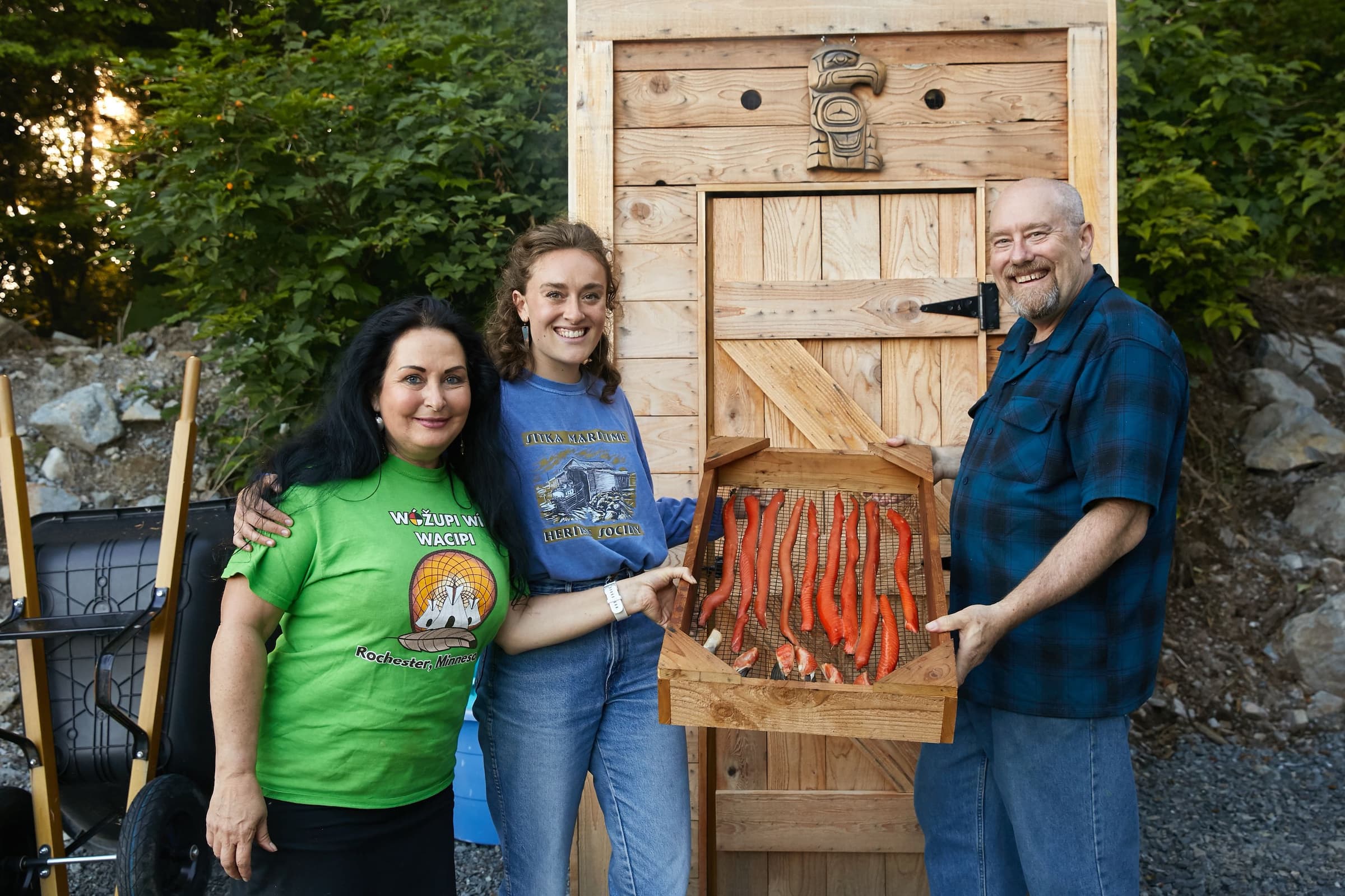
Traditional Salmon Smoking on Lingít Aaní
Emma: Thanks for sitting down with me. To start, could you tell me a little about the history and culture of smoking salmon on Lingít Aaní?
Lisa: The practice of smoking salmon goes back thousands of years. Originally, the smokehouses weren't built like they are now. Today people frequently use metal smokers which are for small batches, but when they were smoking salmon for an entire family or a village, salmon was frequently smoked in open dwellings with a roof and sometimes siding to keep the weather off because, well, it rains so much here.
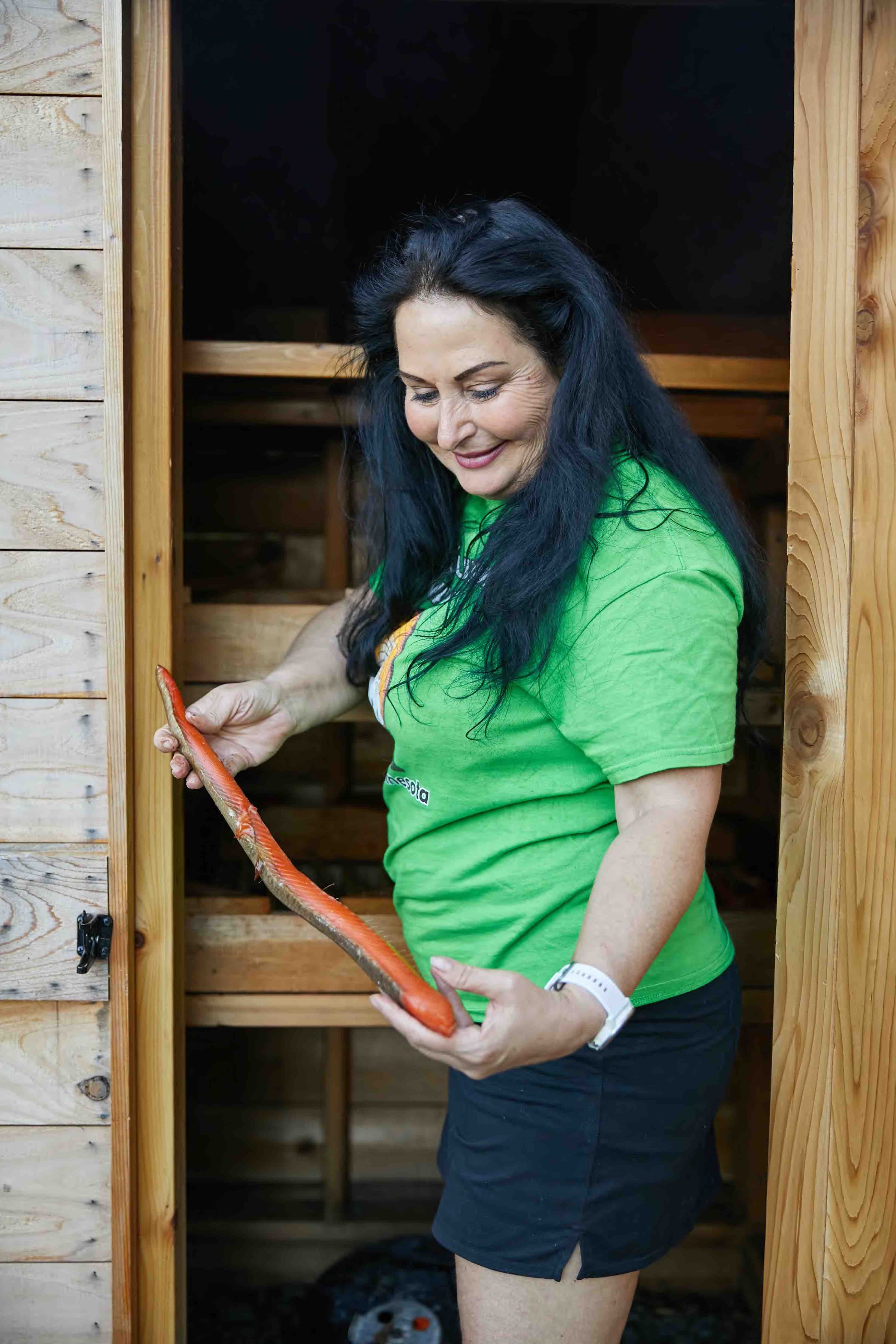
My smokehouse is made entirely out of cedar because it takes so long for cedar to degrade in this climate. It lasts a very long time — that’s why it’s the wood used for totem poles. So when your father built the smokehouse for me we wanted it to be something that endures. There are vents in it so that I can control the draft and the smoke, that way I can warm or cold smoke. There are racks so I can hang fish to dry or use the screens. And I don’t just smoke fish; I have roasts in the freezer right now from smoking moose and venison. I also do cockles and clams. Some people do them on shishkabob sticks, but they work really well on the screens.
The fire for smoking would be built on the ground, but I use a little Weber grill at the bottom of mine for safety so the fire doesn’t spread. They did a lot of smoking and drying salmon at the same time. Smoking kills bacteria, so that was the predominant way of preserving food. But now we have a lot more at our disposal with freezers, canning supplies, and vacuum seals which are really pretty handy . . .
Emma: Yeah we’re big fans of vacuum sealers.
Lisa: (Laughs) Yes we are.
Emma: Especially when you’re smoking such big batches. This last one was a lot of fish.
Lisa: After we took the heads off, filleted, and smoked them and everything, it was probably about 45 or 50 pounds of smoked salmon we put up.
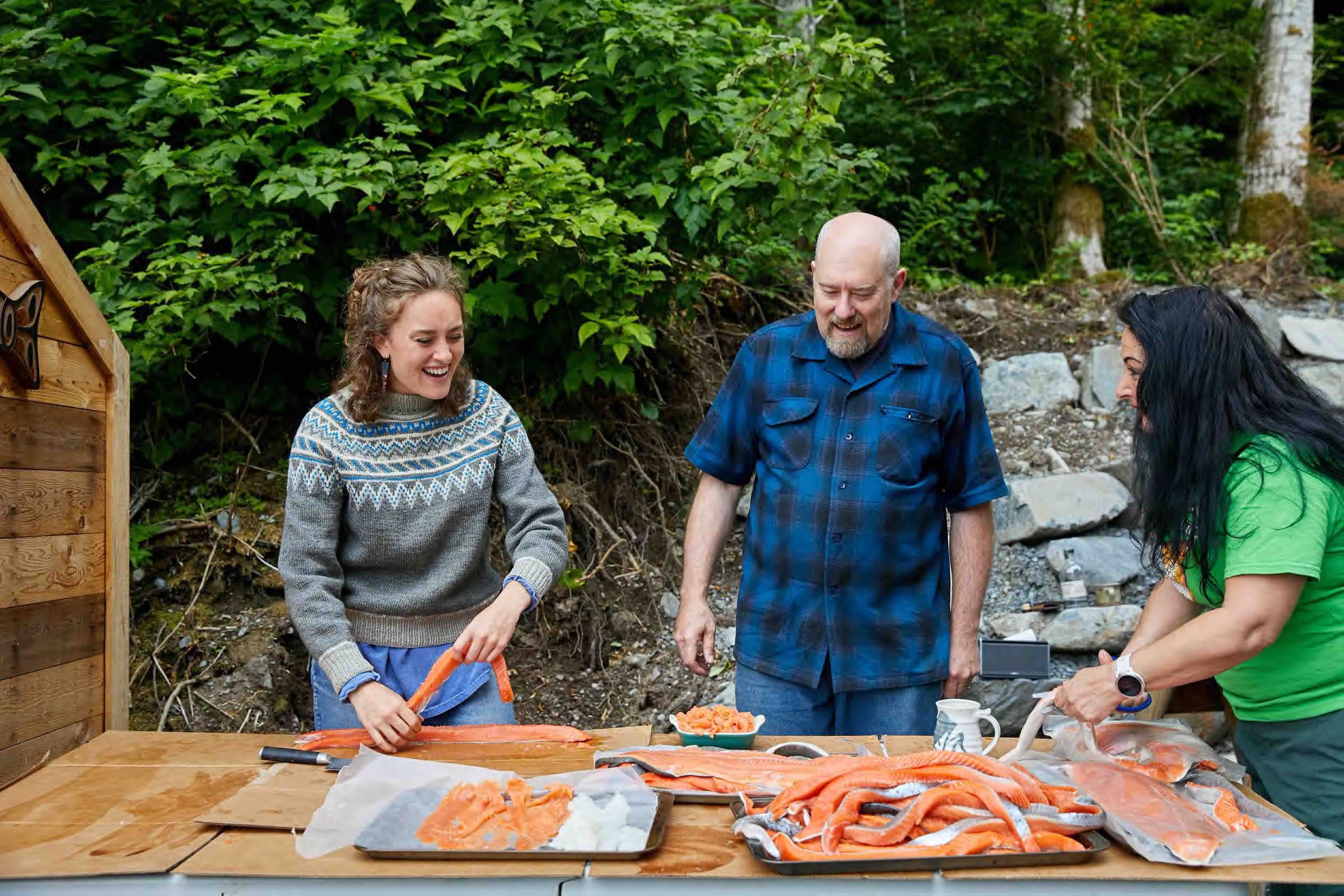
Emma: It’s really a production. One person can't do it alone. It takes a couple of days to process all of it which is part of why it's something that’s done together.
Lisa: Yeah, it's done with others. It makes the work go quicker and it's so much more enjoyable.
Emma: So you jar your salmon or vacuum seal and freeze it, but indigenous people didn't always have pressure cookers.
Lisa: No, they did not. Up north they have natural freezers, but here in Southeast Alaska our freezing time is a very short duration, so other methods had to be created.
They would smoke some and they would pack it in boxes made out of wood and pour oil on it to keep oxygen from getting in it and making it spoil. They would also sometimes bury it in cans to keep the predators away.
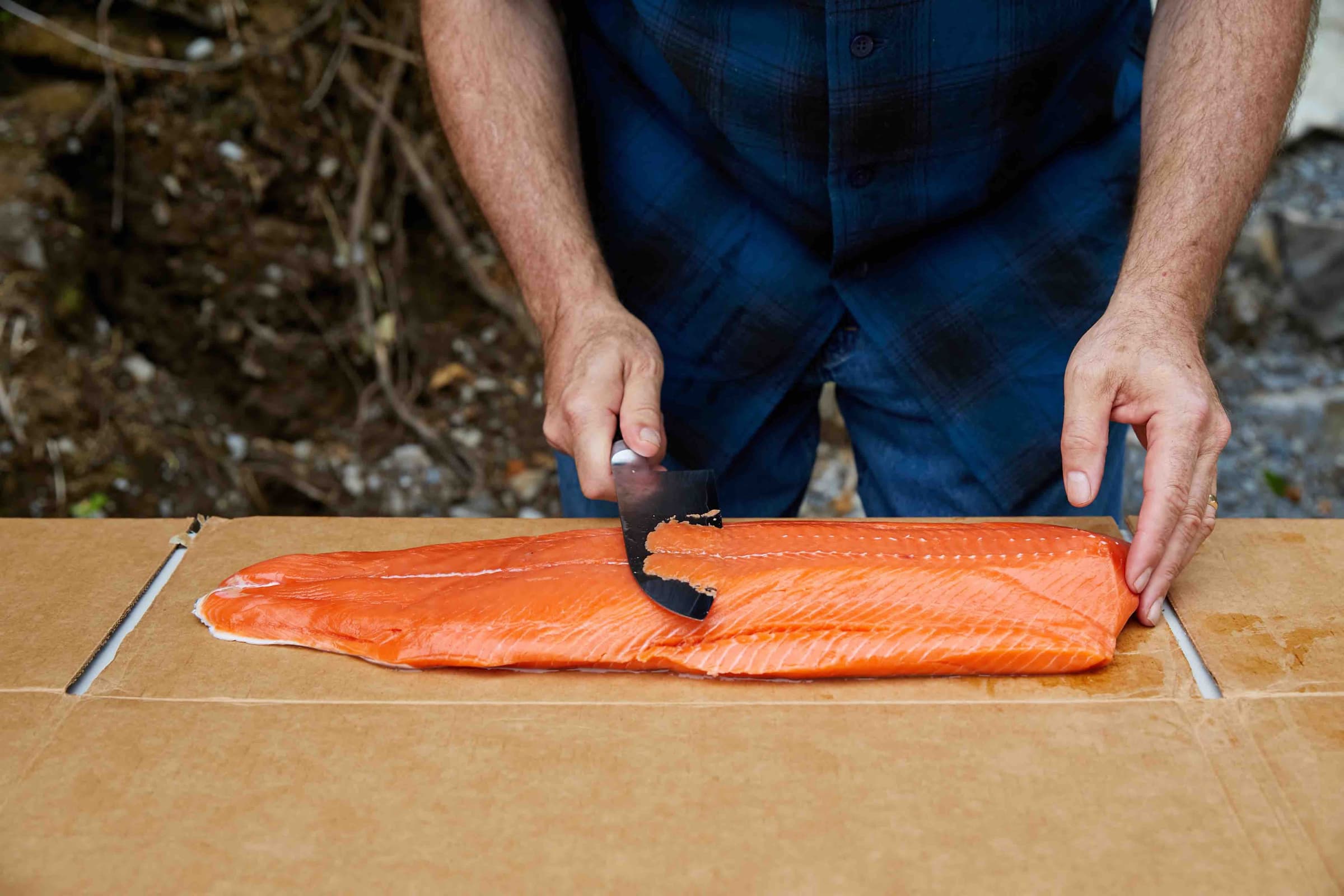
They also made dried fish by shaving very thin slices to air dry for trail food because it's very light and easy to pack when you're traveling, but high in protein and fat. Getting those thin pieces is really hard to do. Your father has got that dialed in. He's much better at it than I am or I used to be. I'll give him credit for that.
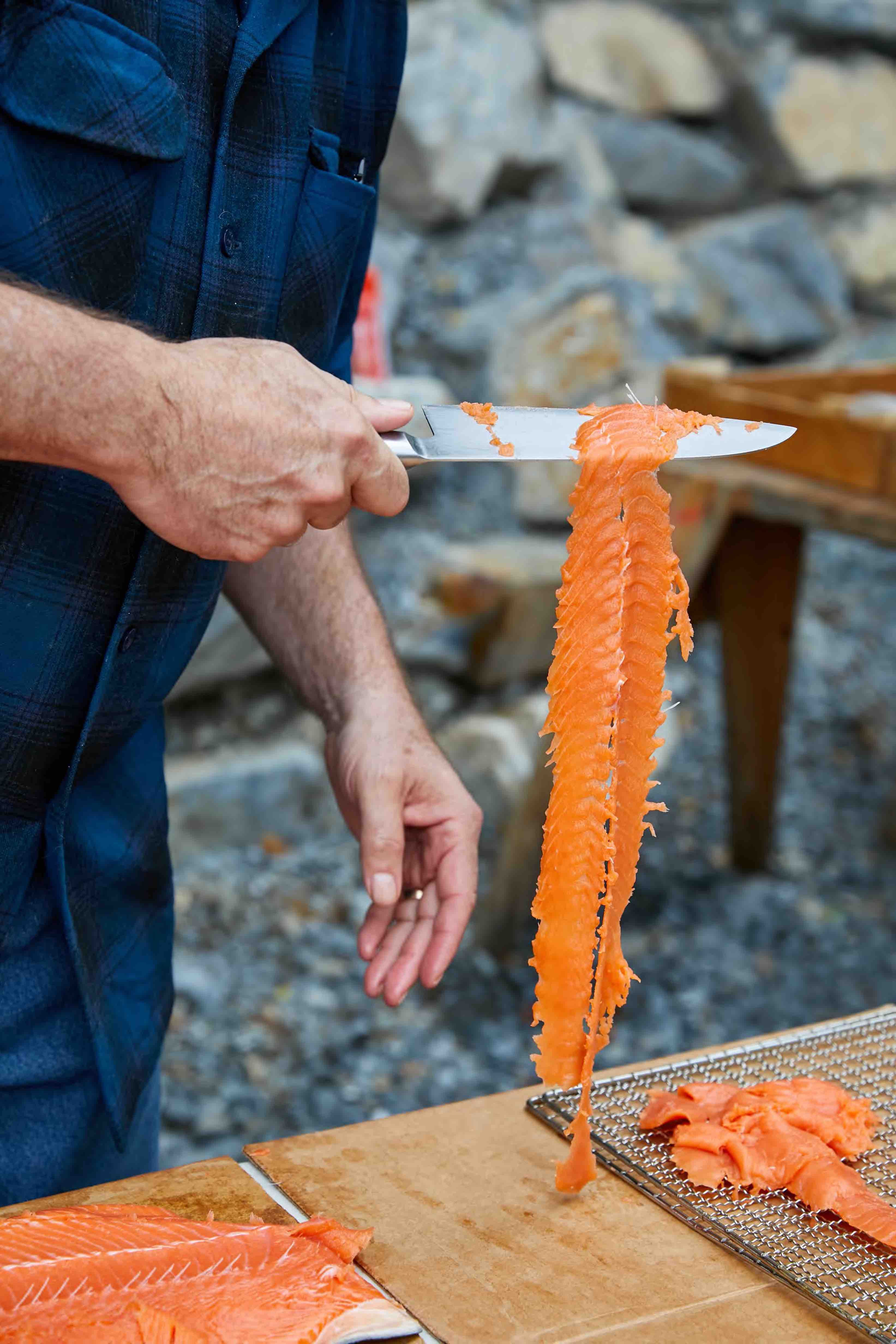
Watch One, Do One, Teach One: Learning How to Smoke Salmon
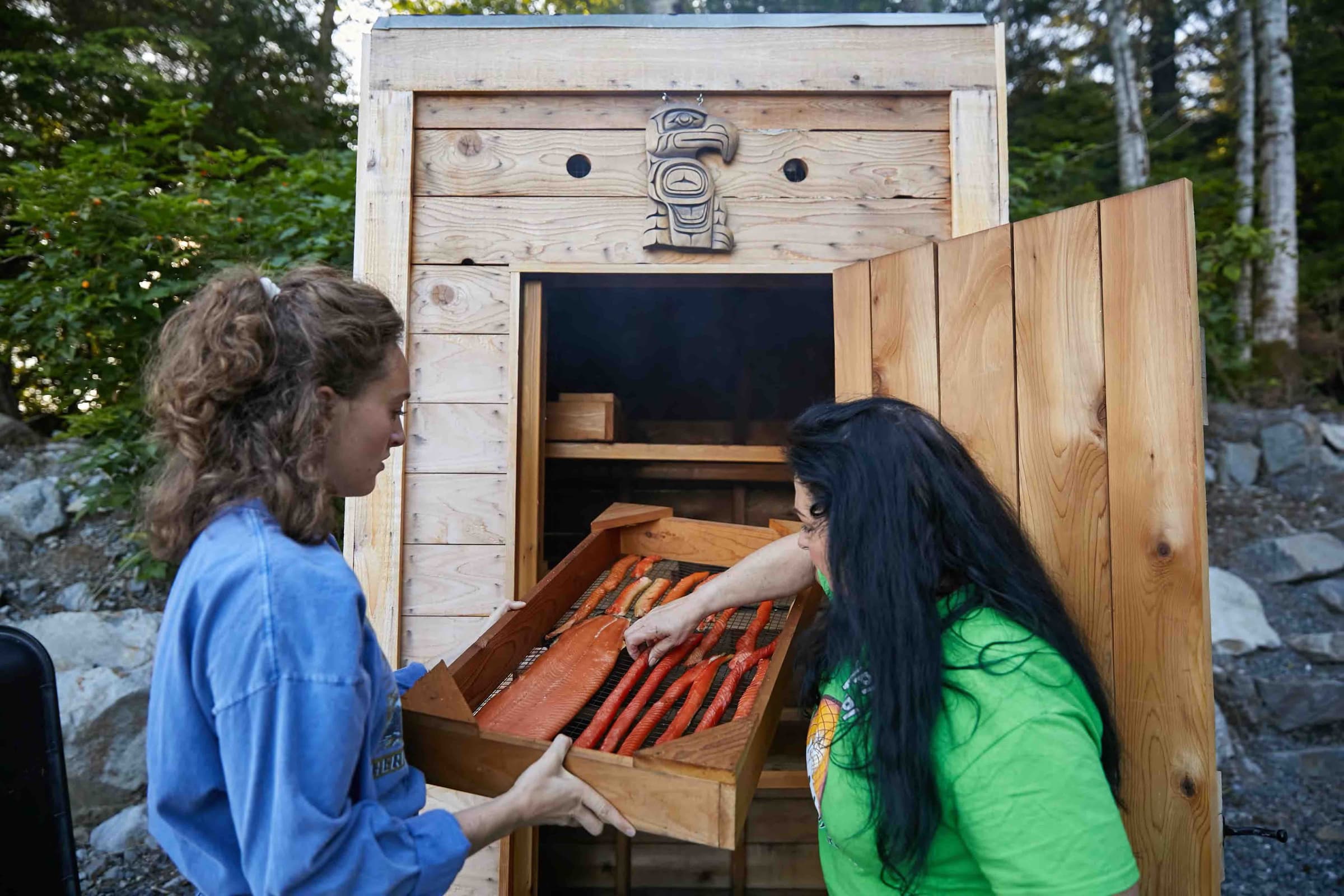
Emma: You've shown me and my dad how to prepare salmon in the way that you learned, but where did you learn how to prepare it?
Lisa: Grandma Deborah Dalton, Auntie Lily White, and my adopted parent Eunice Glover in Hoonah. They basically raised me and taught me the culture of the people.
Not only did they teach protocol and behavior, they taught subsistence and appreciation of what we are given here.
Emma: So you were able to learn from observing?
Lisa: Well, it's kind of like the practice of medicine — watch one, do one, teach one, as we say. And it’s pretty much the same principle: you get to watch, but you have to help. Even if you're not very good, the participation and the interest are what's appreciated.
Jeez, I think it took me probably five years to be able to cut a salmon properly to pass muster. Every year, we would go out and bring in enough salmon for three or four families. We would harvest it, fillet it, and smoke it. Some of it we would freeze, some we would jar, and some we would dry for everybody — we shared it, which is the way it’s supposed to be. So they were some wonderful teachers.
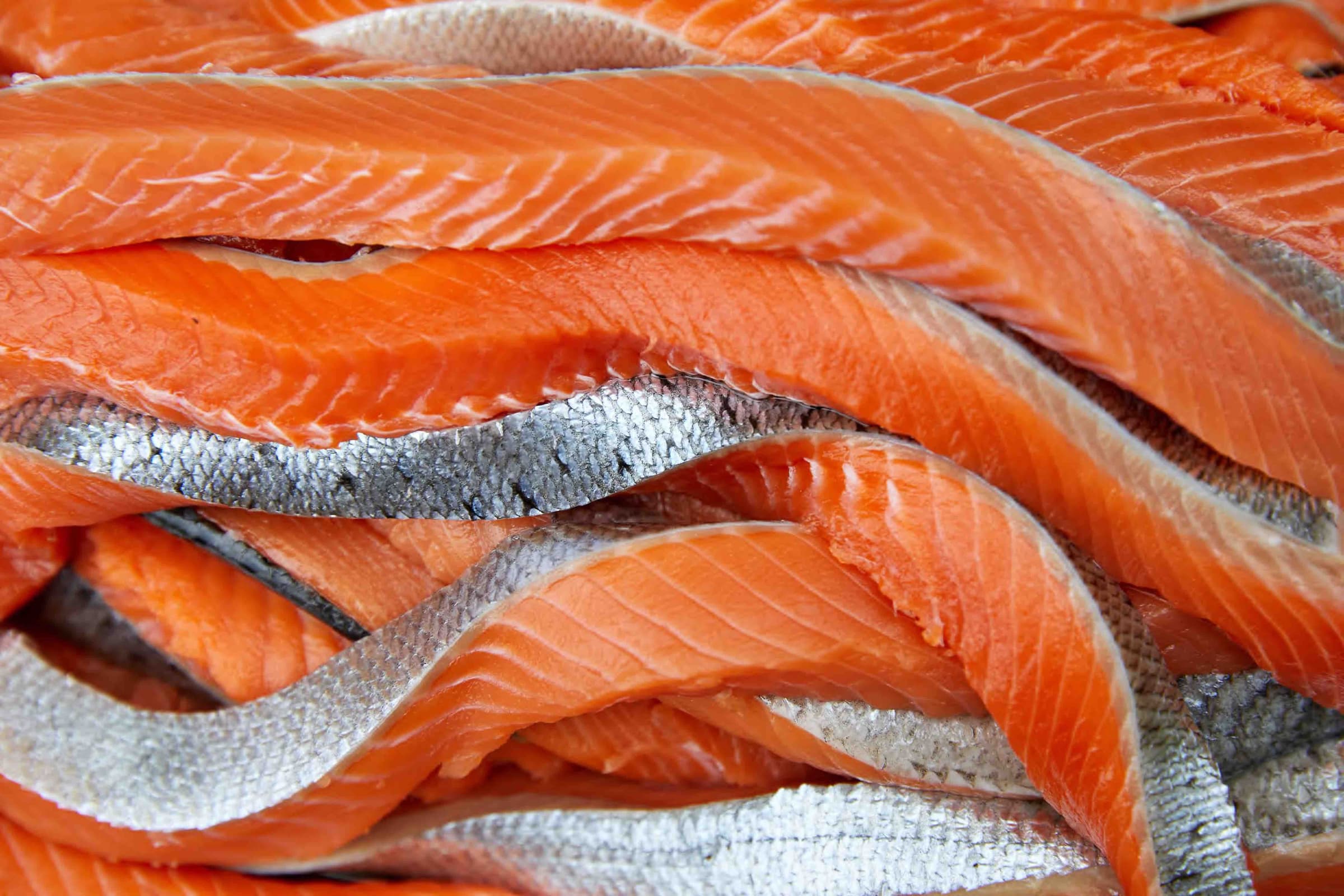
These days, my grandkids know the process of almost everything. Going out fishing, they know how to cut the bait, put them on the hooks to catch the fish. They know how to clean them, and all of my grandsons can fillet really well now, and they're learning smoke regulation on the fire. They're boys so they want stuff to burn, but they’ll get it with time. The most important part is filleting and cutting the fish into even pieces so that everything smokes evenly and they all can do that.
Two Sides: Support in Times of Prosperity and Grief
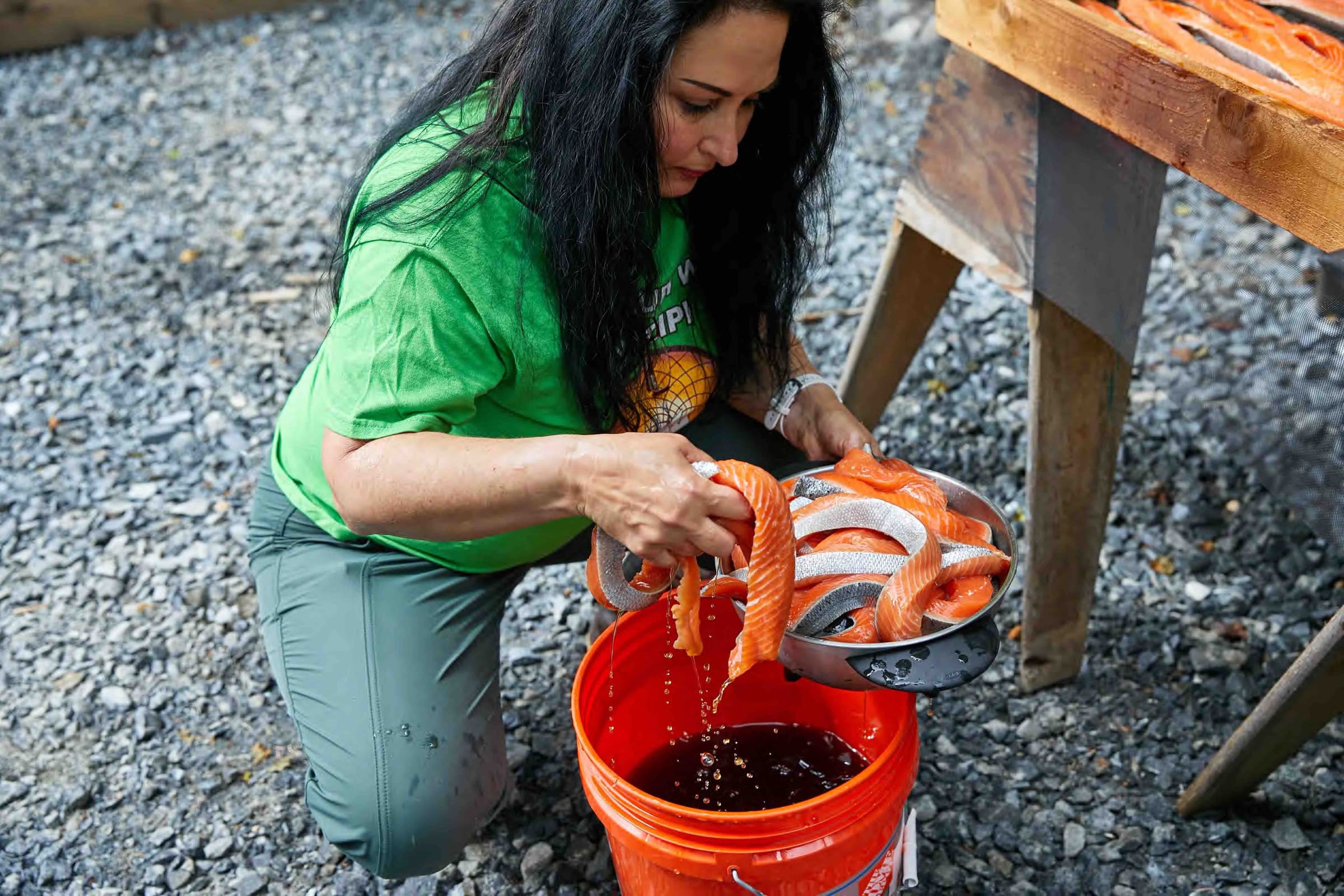
Lisa: The way people cut their salmon and hang the fish in the smokehouse often differs between tribes and even from family to family. Some people do the salmon where both sides of the fish are cut into strips and they're left hanging by a piece of the flesh and skin. Others cut that and tie them up with strings. Then, some people lay them on screens like we do. I prefer that just because there's less waste. A lot of times, if you tie them up with strings, the heat will make a piece fall on the ground.
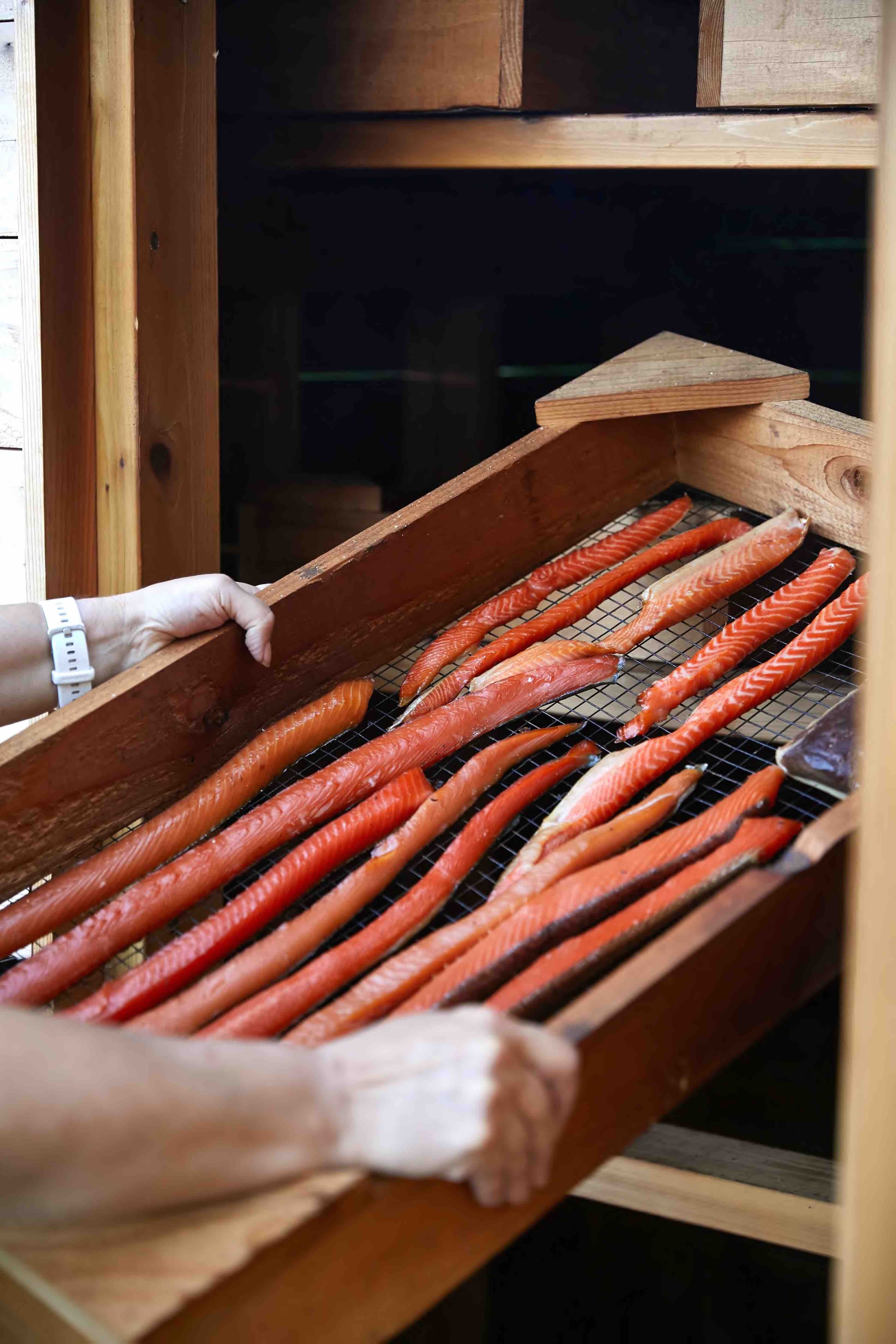
If we do happen to drop a piece of fish when we’re processing it, we're supposed to throw it in the fire and donate it to an ancestor that's the opposite side of us in their honor, because it means they're hungry.
Emma: That might be something that people who are unfamiliar with the structure of moieties in Lingít culture might not know about — the opposite side and what that means.
Lisa: Most people don't generally know. So there are two basic moieties, the Eagle and the Raven. And these separate moieties break down into many sub-clans; that’s the easiest way to say it.
I'm going from what I've been told by some of the elders, so if I don't get it exactly perfect, I apologize. I will try to speak as I was taught to the best of my knowledge.
I — traditionally, as an Eagle — would marry a Raven or a Raven would marry an Eagle. The reasoning behind this was that it made the entire community always work together to help each other. If an Eagle dies, the Ravens come in and take care of the Eagles during their time of need: they prepare the body, the funeral, they cook meals, and they take care of the family.
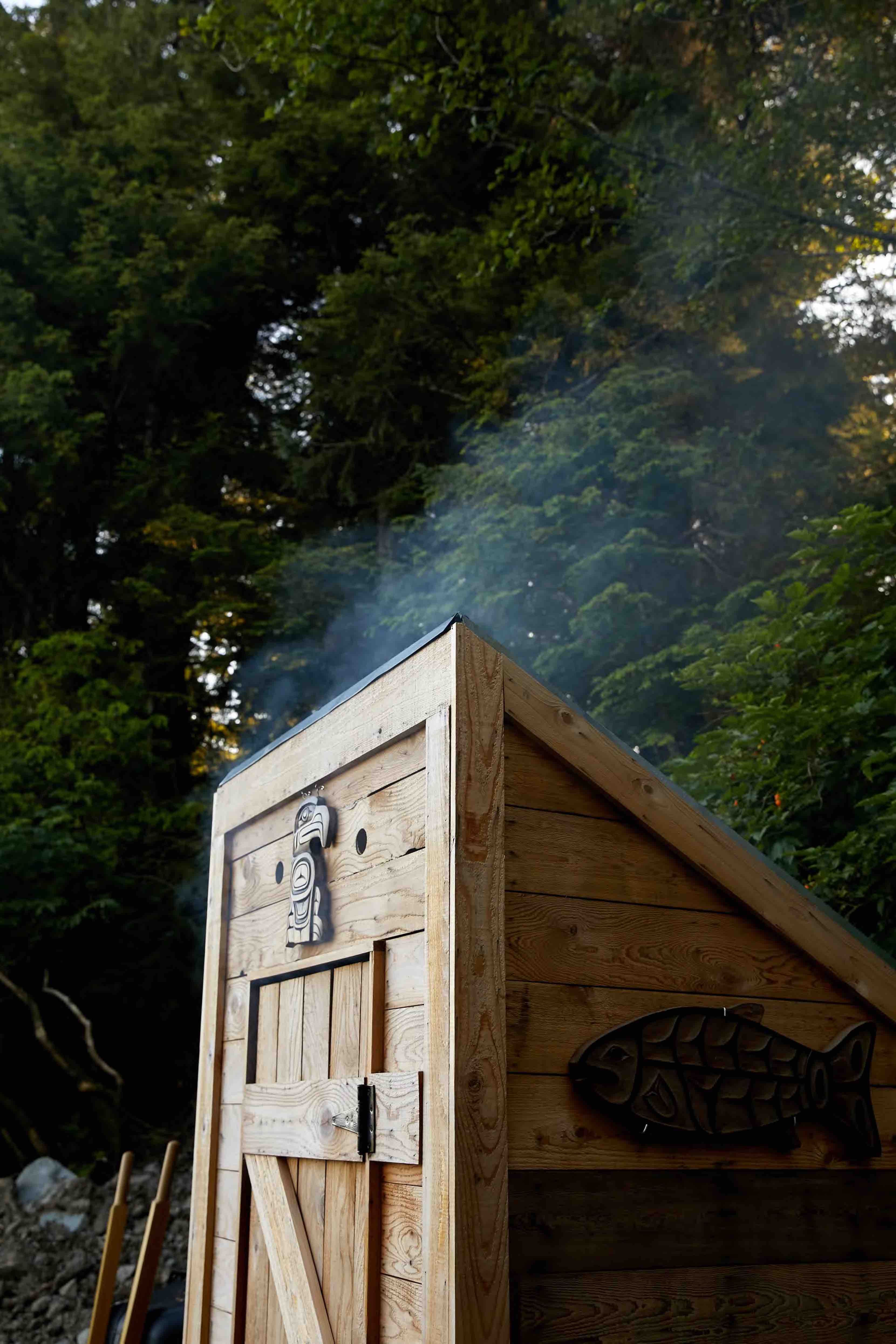
Then, a couple of years after that, sometimes up to three years, but usually within a year or two, the Eagles will host a party called a k̲oo.x’ — some people call them potlatches. The Eagles will invite the Ravens that helped them through their time of need. This is a way of providing witness that they're recognizing everybody that helped them during their difficult time. And there will be many people there, hundreds, and everybody will be given gifts — some of it’s monetary, some of it’s regalia, food, or household goods. These celebrations of life and death used to last three or four days, but now they're more like 24 hours. There's lots of food, lots of dancing, and good memories.
So without the Eagle and the Raven moieties intertwined, this system somewhat doesn't work as well because if you have an Eagle that’s married to an Eagle, it's just one-sided. So the reasoning behind it is that the Ravens can come in and take care of them when the Eagles all need help. Otherwise, they're forced to take care of the grieving and forced to take care of everything else. So it just complicates the system.
I’ve found that this system that the Lingít have that goes back thousands of years for grieving is probably one of the best that I've ever seen in the medical industry. They know about the five stages of grief. They have taken it and refined it throughout the centuries. After the last party, the k̲oo.x’, that is the time where you wipe it all away, the tears are gone. It's a happy time. And you can still be sad, but your time of grieving and mourning is over. I've seen it in practice so many times and it's very uplifting. I think the world can learn a lot from this system.
The Salmon Connection
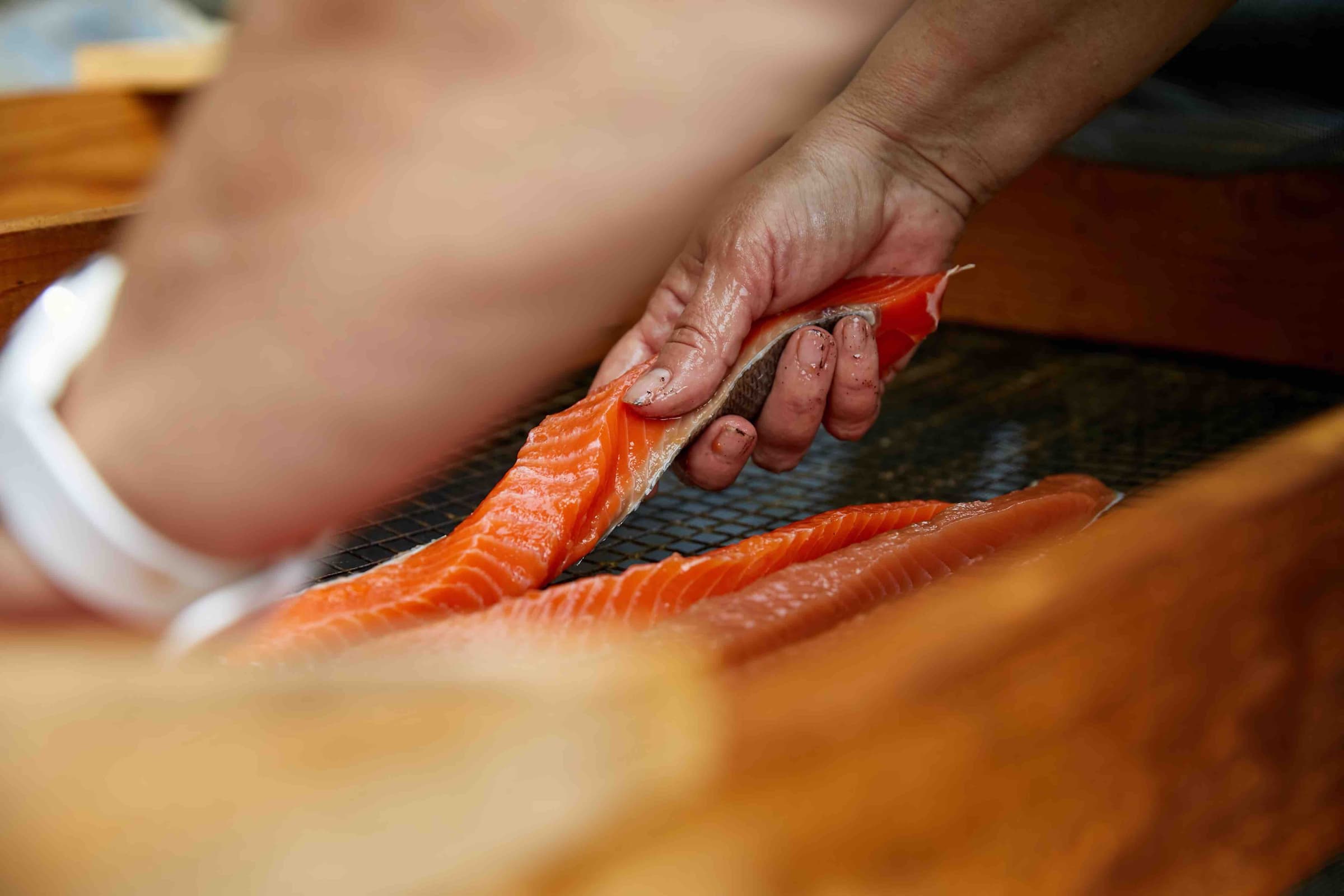
Emma: For those who might not be familiar, can you explain more about the connection the Lingít people have to salmon?
Lisa: Lingít actually refers to “people of the tides.” So salmon is the central foundation of their food. Everything revolves around the lifespan of a salmon, the herring that come, the birds that eat the spawned out salmon, the bears. Everything is circled around salmon and its lifecycle.
With the five different species, there are different times when they're each available and they each have different uses.
The coho is amazing fresh-packed and canned. And king salmon — people just love to roast and grill those, but they're good smoked as well. All of them can be smoked, but some are more popular than others. Sockeye is treasured for its beautiful red color when it's smoked. And then the king salmon is treasured because of its fat content.
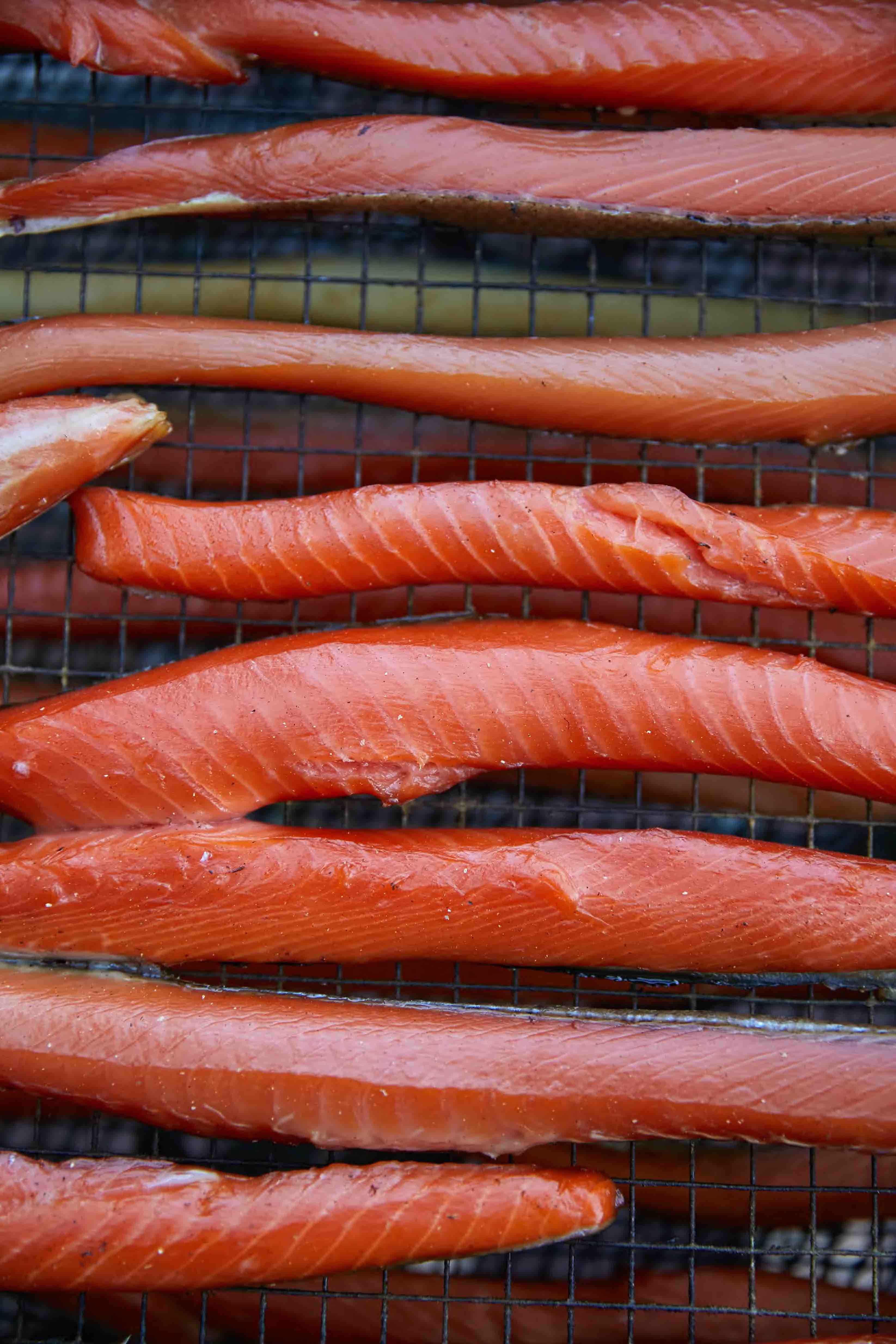
And the dog salmon has the beautiful eggs that everybody loves to eat when they’re made into . . . what’s it called? In Lingít it’s called kaháakw. We do soup with it and I even throw it in stir-fried vegetables and rice. It's really good in chowders. The stink heads and the stink eggs are buried in the tide line, usually, but a lot of people are doing them now in jars, which you have to be careful that you don't get botulism poisoning, which has happened. Kʼínkʼ (stink heads) and kaháakw are a delicacy — it's an acquired taste for sure.
The foundation of the salmon is the foundation of the people.
Emma: It’s hard to really talk about salmon without talking about all the other animals that depend on salmon here in Southeast Alaska. I think that's a reflection of the interwoven nature of the ecosystem itself.
Lisa: You can't have one without the other. Yeah, and the herring is pretty important to all of the eagles, the bears, the salmon, and the gulls. The mountains, the ocean, it's all tied together.
It's really hard to explain Alaska, unless you've been here. Whenever we travel, the first thing I do when I get back into Alaska, I run out of the airport to breathe in the air. There's no describing it. The trees and the salt in the air and just how fresh and clean it is without the pollution: that's Alaska.
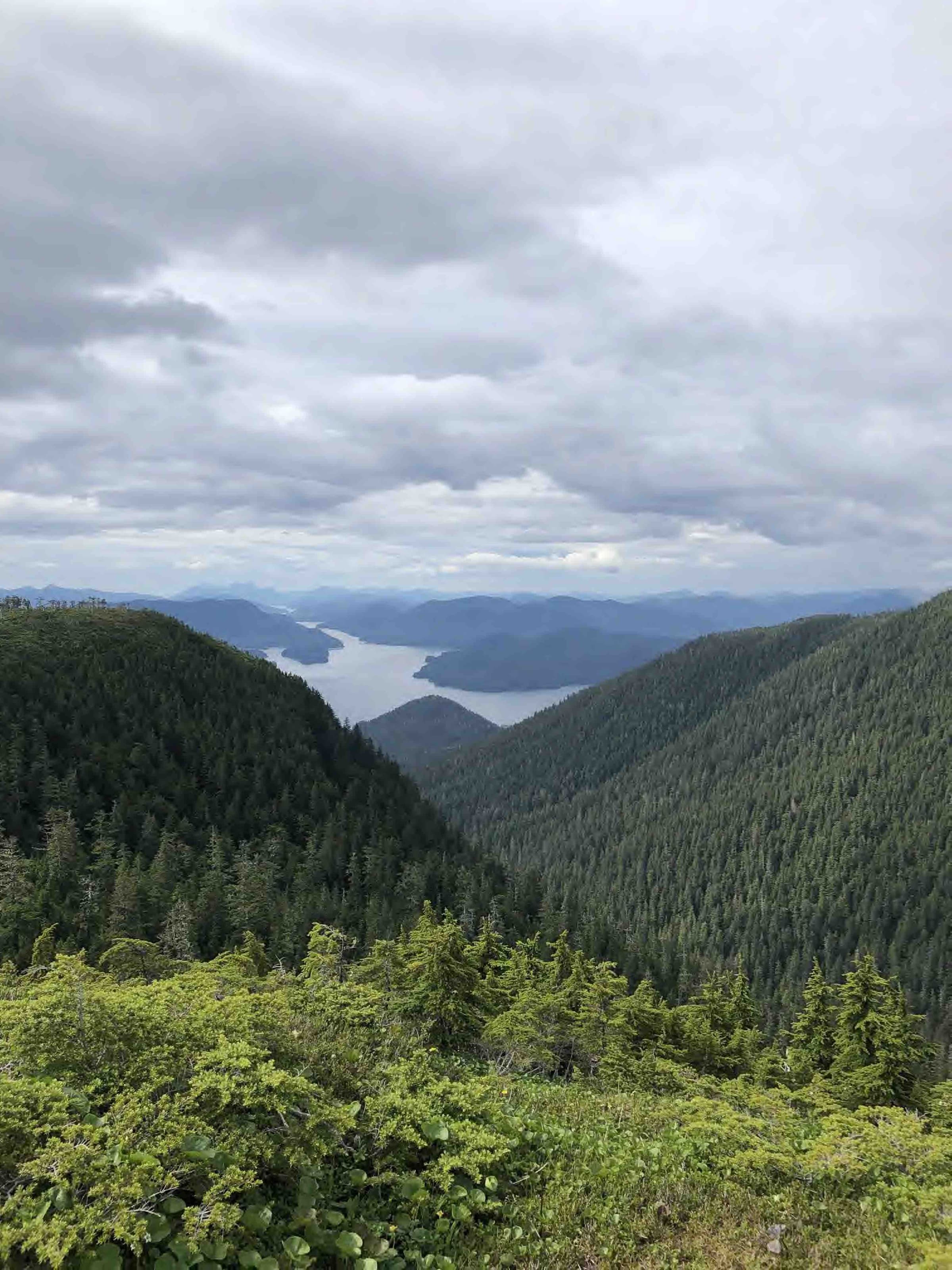
Emma: I feel that same way about the water! Every time I come home, I walk straight to the kitchen sink and just drink a glass of water.
Lisa: (Laughs) Yeah, it's the best water ever!
Emma: Yeah, and the Alaska way of life is that feeling of love for the air, and the ocean, the water . . .
Lisa: Aaní.
Emma: Right. I feel like salmon is a conduit that allows us to interact with this place that we love.
Lisa: It does. The salmon, no matter where it goes, it's always tied to here. So if people know the story, they can feel part of the ties and experience it.
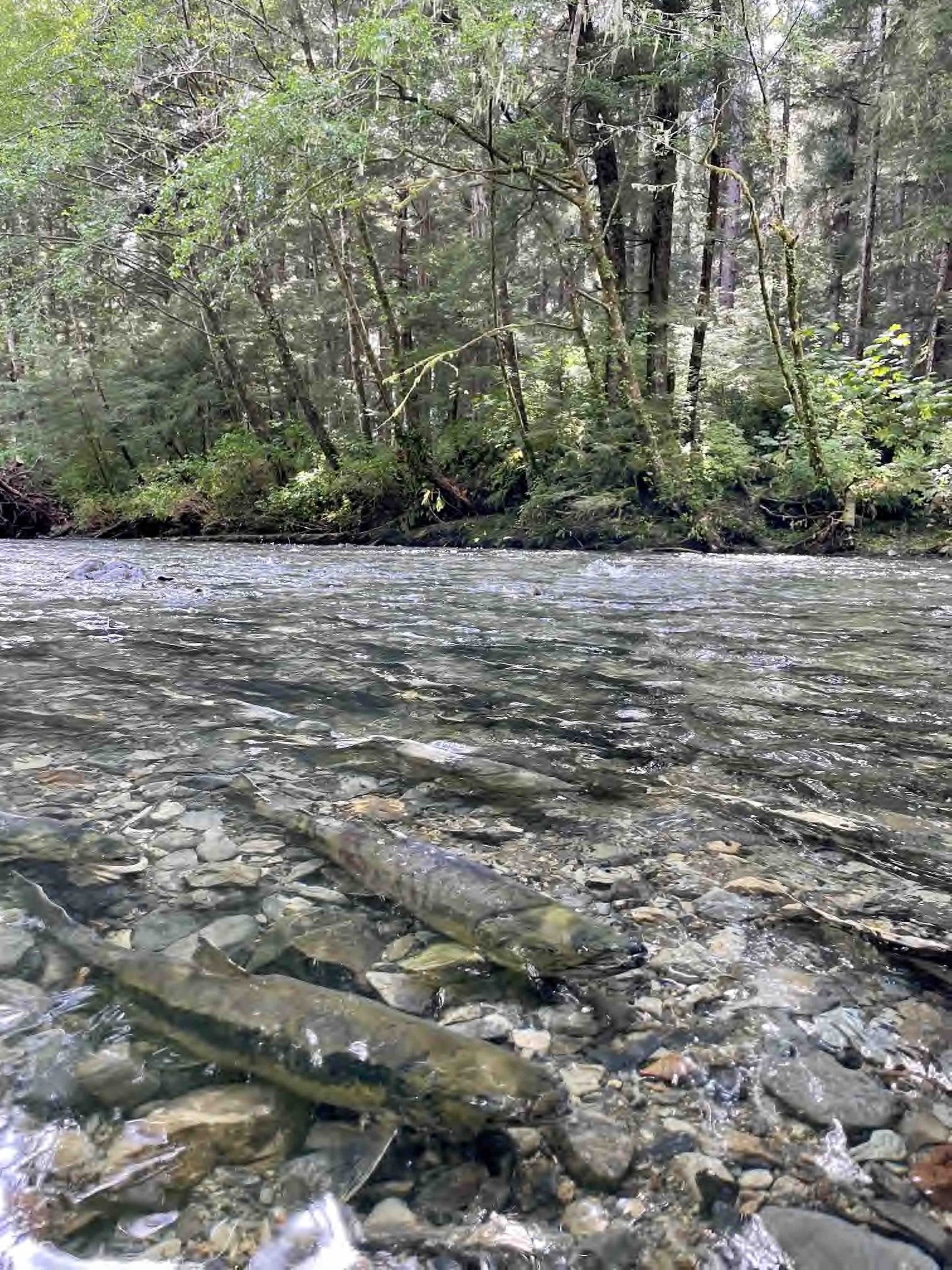
Emma: I never thought of it that way! Salmon travel miles and miles, but they always come home. So they’re always connected to this place. I think the community here feels that very deeply.
Lisa: Oh, yeah, absolutely. It's magical. Spiritual, very spiritual.
Sharing Salmon
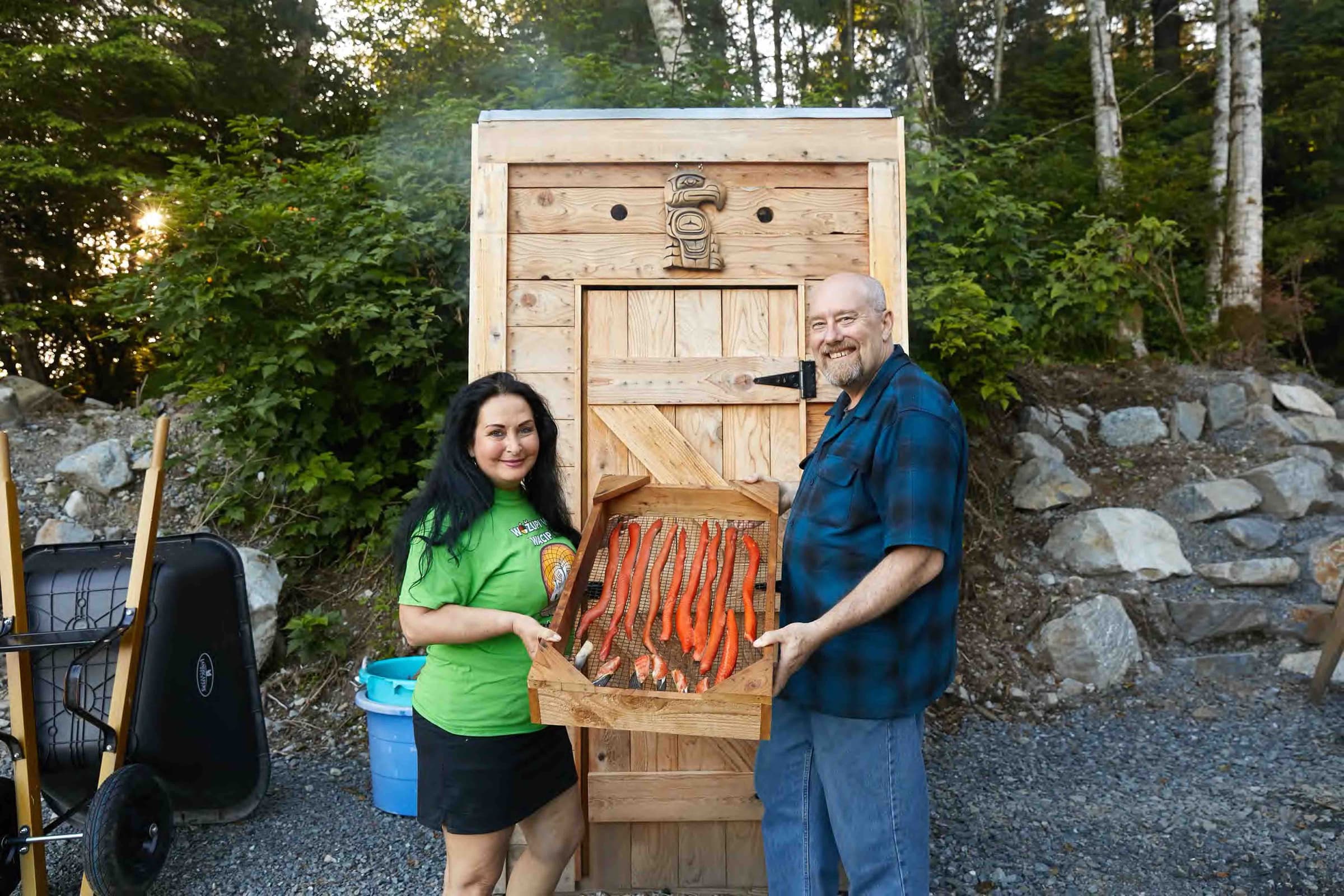
Emma: One of the things that I learned from Chuck Miller, the cultural liaison for the Sitka Tribe of Alaska, is that when we discuss traditional practices or traditional foods, it’s important to acknowledge that we can only really speak for ourselves.
Lisa: Correct.
Emma: So, we talked about the way that we smoke salmon as a family. I've been lucky enough to learn from Lisa and Lisa has also learned from some generous bearers of tradition, but we know that it’s not how everyone does it.
Lisa: Correct, and we want to acknowledge that.
Emma: I feel humbled to be here learning and to have you share your knowledge with me.
Lisa: Well, if we don't share the knowledge, it's going to be lost. And I fear that a lot of things have been lost already. But if everybody gets together and shares together, one family knows things that the other family doesn't, or one side remembers things that the other family or side does not. So with the sharing of the culture, it makes everybody more well-rounded in their knowledge.
I am no expert, but I love what I do, and what I've been taught. And I love to share what I've been taught with you guys and the grandchildren.
Gunalchéesh
The tradition of smoking salmon is carried forward today by teachers who keep this knowledge alive. Lisa and I would like to say Gunalchéesh (thank you) to Deborah Dalton, Lily White, and Eunice Glover for sharing their knowledge so generously. A special thank you to Lisa’s Chookaneidi sister Heather Powell for her help with the written Lingít and for volunteering her time and guidance on this project.
If you are interested in learning more about Lingít recipes, salmon stories, food culture, language, or climate action, please read on!
